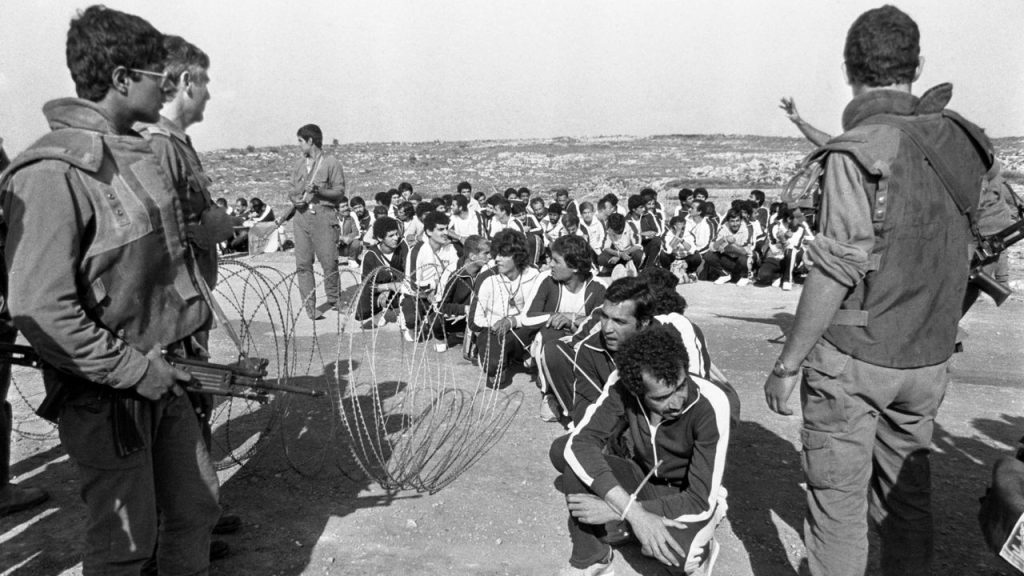There were tears and cheers on both sides of the Gaza-Israel border yesterday as 20 living Israeli hostages and almost 2,000 Palestinian detainees were released in a prisoner swap. The trade, phase one of a prospective peace deal between Hamas and Israel, was only the latest chapter in a long history of asymmetrical prisoner swaps between Israel and its enemies.
‘Losing dignity’
In 1983, six Israeli prisoners held by the Palestine Liberation Organization were released in exchange for a “whopping 4,700 Arabs”, said The Times of Israel. Two years later, Israel agreed to release 1,150 Palestinian prisoners, including “notorious murderers”, in exchange for three captured soldiers.
In 2008, a swap was agreed for the return of Ehud Goldwasser and Eldad Regev, who were taken during a month-long war between Israel and Hezbollah. There had been fears that the two Israeli hostages were dead, but it wasn’t until the day of the swap that their fate was confirmed, when Hezbollah handed over two coffins. Israel returned five living prisoners, including Samir Kantar, who was serving a life sentence for a 1979 attack that killed a four-year-old girl and her father, as well as the bodies of 199 militants. In that exchange, it was felt that Israel had lost “a bit of its dignity”, said Der Spiegel.
In 2011, an Israeli soldier hostage, Gilad Shalit, was exchanged for 1,027 Palestinian prisoners as part of an agreement between Hamas and Israel, and in 2023, a temporary truce saw Israel release 240 prisoners while Hamas freed 105 hostages taken in the 7 October attack.
‘Strength and weakness’
Israel’s “readiness to do a deal” on terms of “extraordinary asymmetry” is a “strength” in that it “reassures the country’s conscript troops and their families that everything possible will be done to secure their return if they’re captured”, said the BBC. But it’s also a “weakness” because it “advertises” the “high price which can be extracted from Israel” for any captive.
The asymmetry of prisoner swaps is one of the reasons for Israel’s contentious “Hannibal Directive”, which allows the Israeli military to use any force necessary to prevent its soldiers from being taken hostage in the first place. This includes “action that will lead to those captives’ deaths”, said Al Jazeera.
It’s believed that the Hannibal Directive was deployed during the 7 October attacks. According to the Israeli newspaper Haaretz, a message sent to Israeli troops about five hours after the attacks began, when Hamas militants were fleeing with their captives, stressed that “not a single vehicle can return to Gaza”.
An inquiry by a UN-backed commission confirmed at least one instance in which an Israeli tank “applied the Hannibal Directive by shooting at a vehicle” believed to be carrying abducted Israeli soldiers, as well as two other occasions in which the directive was “likely applied”, resulting in the deaths of as many as 14 civilians. Israel said internal investigations into what happened on 7 October are under way.
Exchange of Israeli hostages for Palestinian detainees is the latest in a series of trades in which Israeli lives appear to count for more
